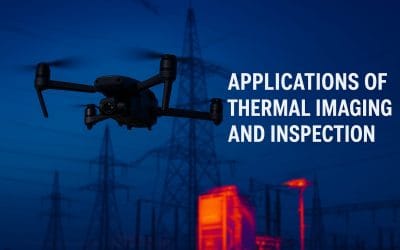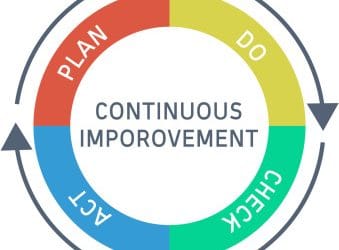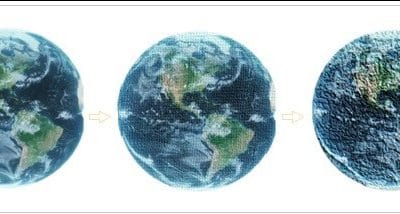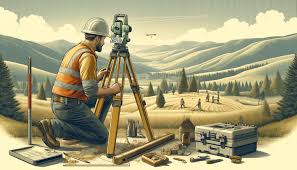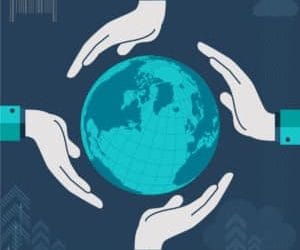The concept behind Global Positioning System
The system is a global navigation satellite system that provides location, velocity and time synchronization.
GPS is everywhere . You can find GPS systems in your car, your smartphone and your watch. GPS helps you get where you are going, from point A to point B. The Global Positioning System (GPS) is a U.S.-owned utility that provides users with positioning.
GPS technology has been used globally throughout history. The launch of Russia’s Sputnik I satellite in 1957 ushered in the possibility of geolocation capabilities and soon after, the U.S. Department of Defense began using it for submarine navigation.
In 1983, the U.S. government made GPS publically available, but still kept control of the available data. It wasn’t until 2000 that companies and the general public gained full access to the use of GPS.
GPS satellites provide service to civilian and military users. The civilian service is freely available to all users on a continuous, worldwide basis. The military service is available to U.S. and allied armed forces as well as approved Government agencies.
It works through a technique called trilateration – a mathematical technique used by a global positioning system (GPS) device to determine user position, speed, and elevation. Used to calculate location, velocity and elevation, trilateration collects signals from satellites to output location information. It is often mistaken for triangulation, which is used to measure angles, not distances.
Satellites orbiting the earth send signals to be read and interpreted by a GPS device, situated on or near the earth’s surface. To calculate location, a GPS device must be able to read the signal from at least four satellites.
Each satellite in the network circles the earth twice a day, and each satellite sends a unique signal, orbital parameters and time. At any given moment, a GPS device can read the signals from six or more satellites.
When a satellite sends a signal, it creates a circle with a radius measured from the GPS device to the satellite.
When we add a second satellite, it creates a second circle, and the location is narrowed down to one of two points where the circles intersect.
With a third satellite, the device’s location can finally be determined, as the device is at the intersection of all three circles.
That said, we live in a three-dimensional world, which means that each satellite produces a sphere, not a circle. The intersection of three spheres produces two points of intersection, so the point nearest Earth is chosen.
There are five main uses of GPS:
Location — Determining a position.
Navigation — Getting from one location to another.
Tracking — Monitoring object or personal movement.
Mapping — Creating maps of the world.
Timing — Making it possible to make precise time measurements
Its uses has so encompassed all sectors and it is used for different reasons;
- During an emergency or natural disaster, first responders use GPS for mapping, following and predicting weather, and keeping track of emergency personnel.
- GPS can be incorporated into games and activities.
- Smartwatches and wearable technology can track fitness activity (such as running distance)
- From locating equipment to measuring and improving asset allocation, GPS enables companies to increase return on their assets.
- Logistics companies implement telematics systems to improve driver productivity and safety.
The future of GPS tracking will likely be far more accurate and effective for both personal and business use.





























































































